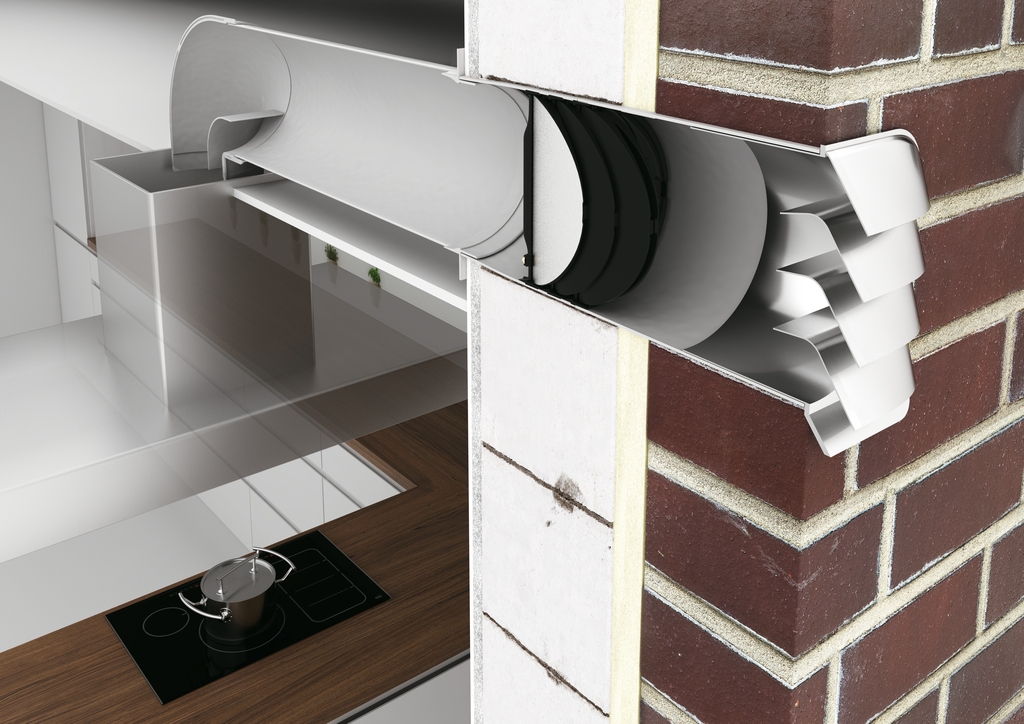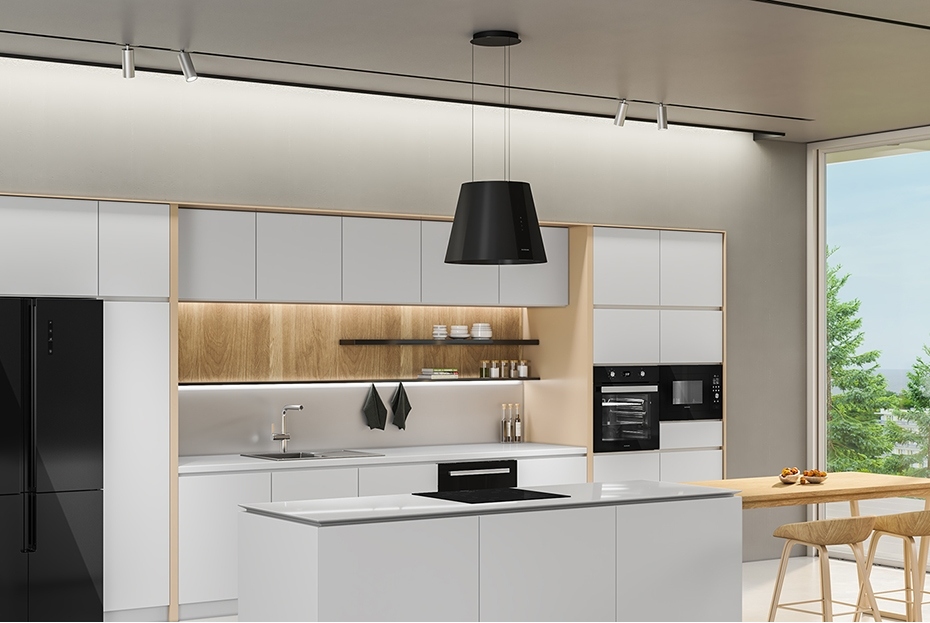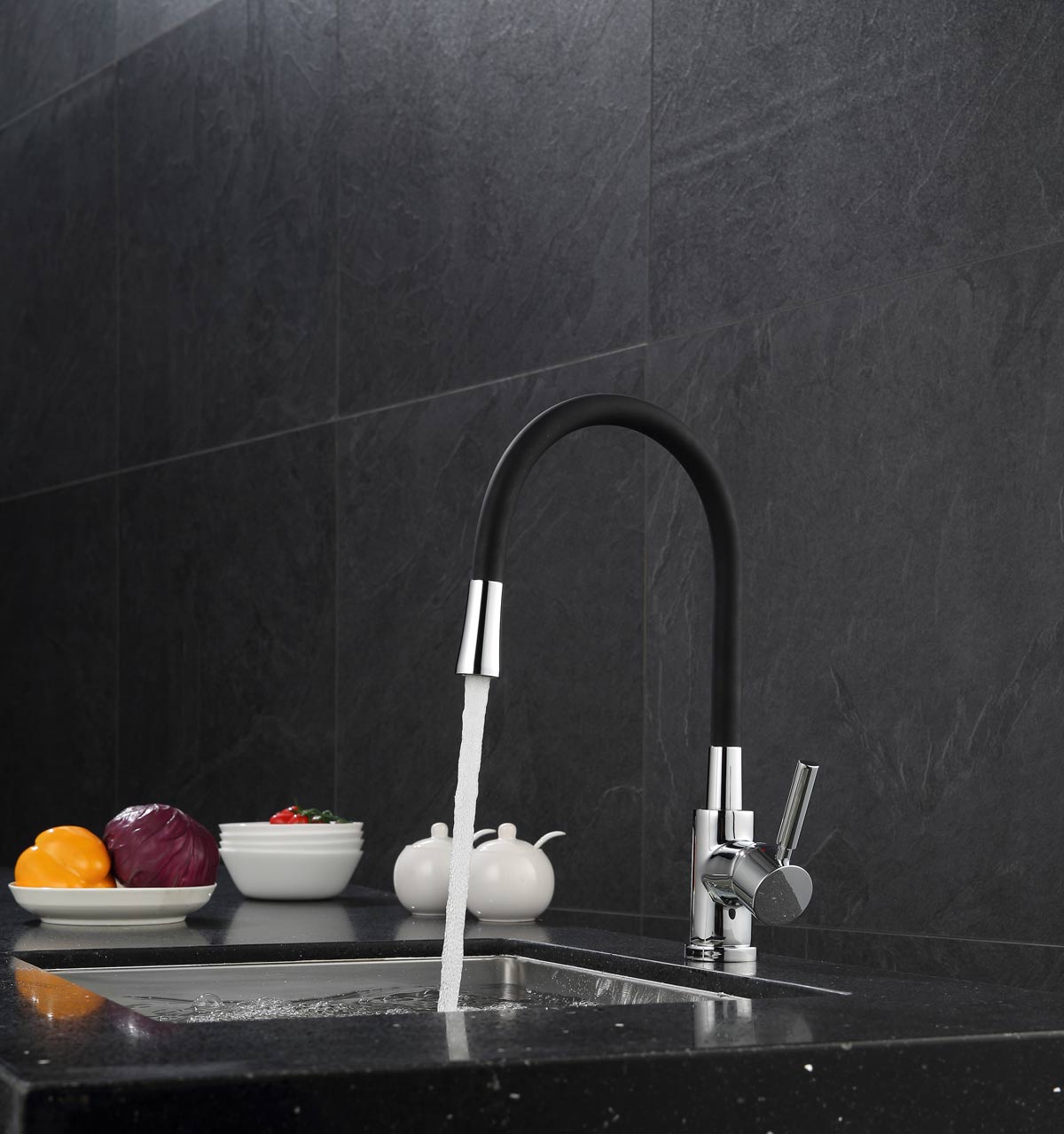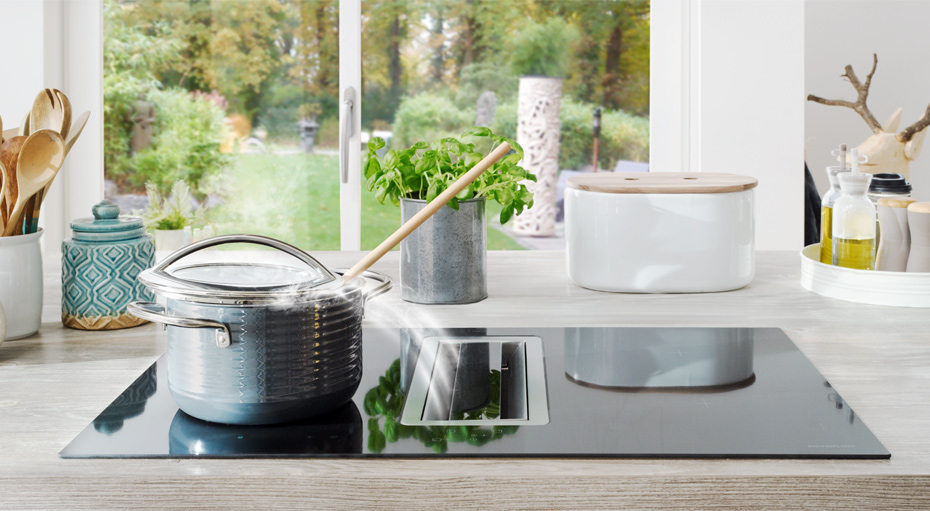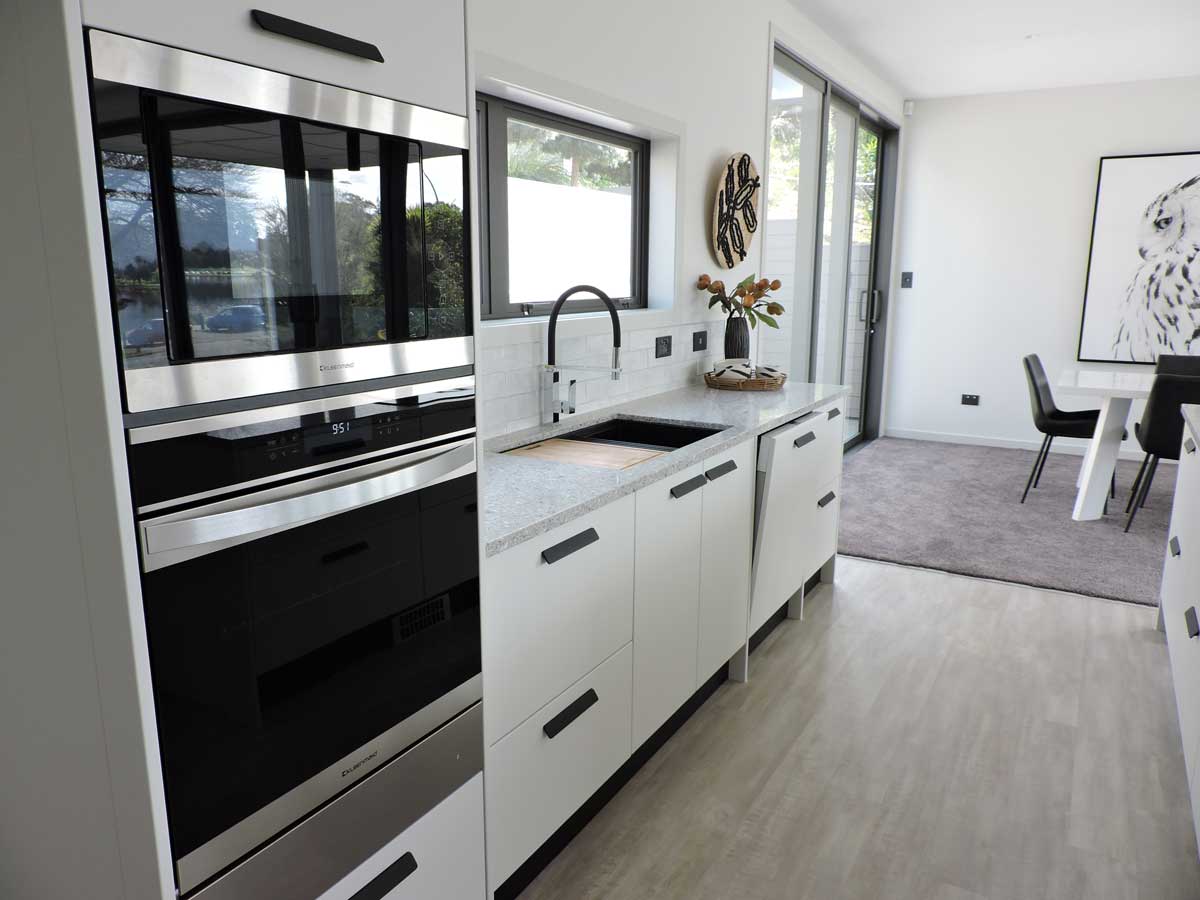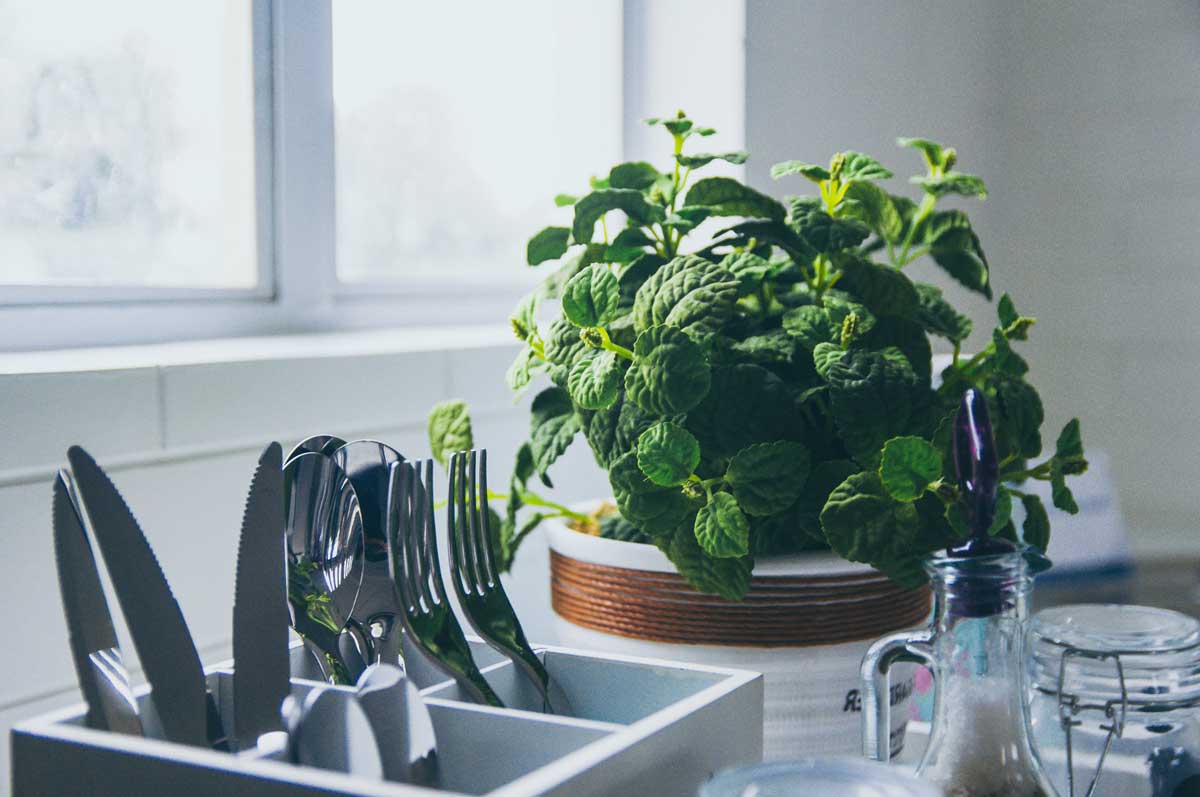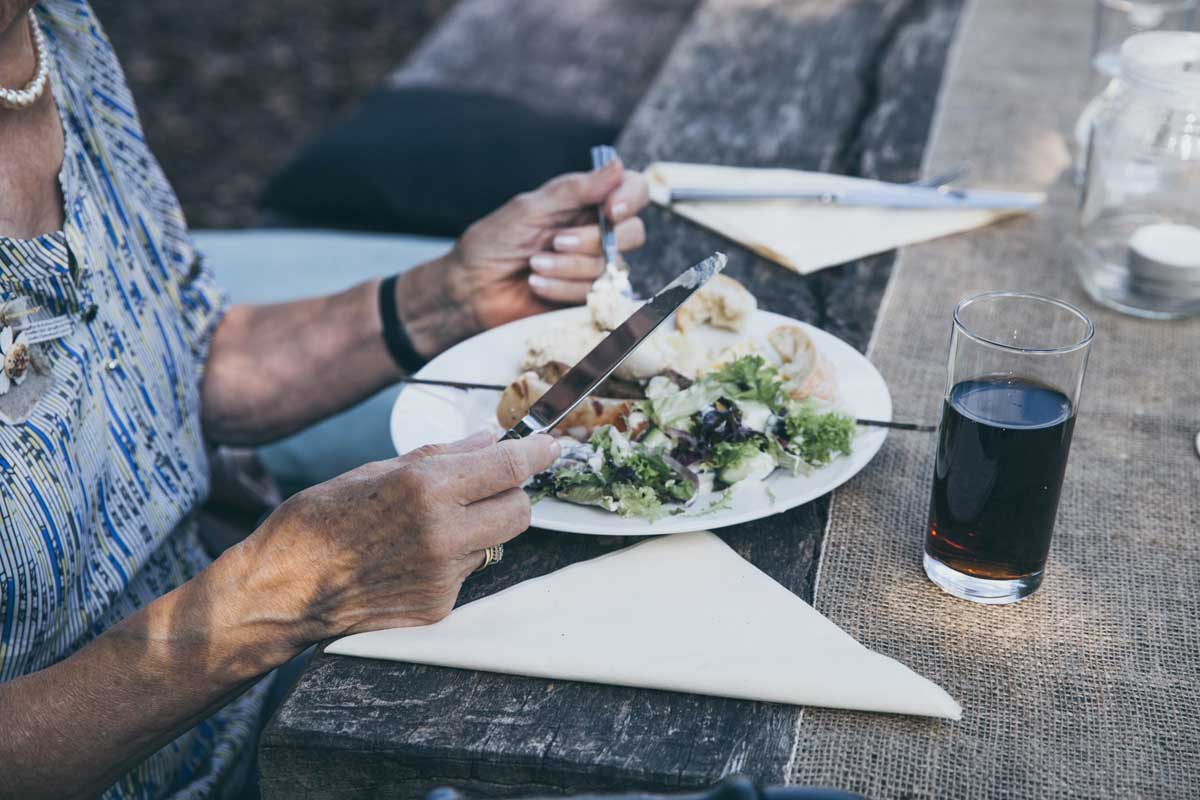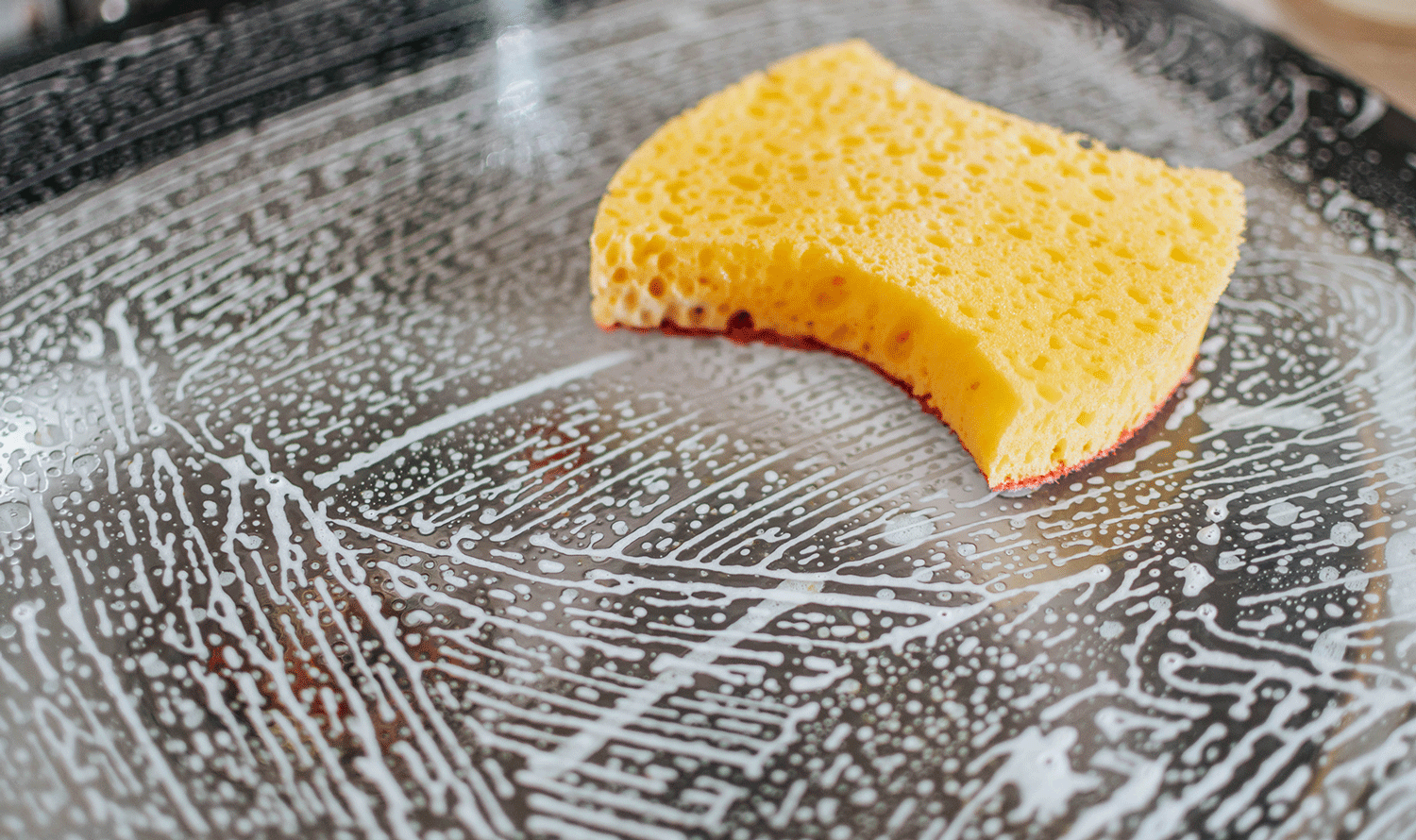
Your kitchen sink is something that is rarely thought about when you consider kitchen design, often they’re an afterthought. But they’re something that are used every day, so when you there’s a scratch, mark or stain it can drive you a little bit crazy. We’ve come up with some considerations to help you keep your sink looking like new, no matter which material it’s made out of.
MATERIAL MATTERS
Stainless Steel
There is a common misconception around stainless steels that they don’t scratch at all. The reality is that stainless steel can scratch, just like any other surface. One thing to be aware of with any brand new sink is that there is a wearing-in process. How long this takes, depends on how often and carefully they are used. This can take anywhere between one to two years. After a while all scratching and marks end up blending and buffing together so they don’t stand out like they do within the first few months.
Granite / Acrylic composite
Granite sinks are very popular for good reason, they look fantastic in your kitchen. But they’re not always the right option for everyone. While they can look amazing they also require a little more care and maintenance to keep them looking great. These sinks are very sturdy, being made up of approximately 80% quartz and 20% resin. Their shapes are formed by mixing up this solution and pouring it into a mold. This molding process is why there are some limitations to how many sizes and dimensions are available for granite sinks.
Black is our most popular colour, but you’ll need to keep in mind that if you have high calcium levels in your water supply they can be more prone to calcium rings appearing around the waste or splashing type marks up the sides of the sink.. This can combated by cleaning your sink more often, but if you’re someone that doesn’t have the time or energy to give your sink a little extra TLC, then these might not be the sinks for you. But on the other hand, if you’re more particular with your cleaning routine, then these sinks could just be your perfect match.
REMOVING SPECIFIC STAINS
Calcium build up
To combat calcium build up we highly recommend that you baste your sink, much like you’d baste cast iron cooking pans. Do this by pouring a little olive or cooking oil over the surface of your granite sink then wipe with a soft cloth. Use a paper towel to remove any excess oil once you’ve rubbed it in thoroughly. This will seal your sink and make it so you don’t have to clean it quite as often (but it’s not a magic fix). For the best results do this while the sink is new and mark free, but you can also use this method to remove calcium marks that might’ve already appeared – you may just need to do it a second time for stubborn calcium build up.
White sinks
A cleaning tip specifically for your white sinks if you do end up with coffee stains or random black scuffs, is to clean it using a solution of one part bleach to three parts water. Let this solution to sit in your sink – how long you leave it to sit depends on the stain and how long it’s been there. Don’t start by leaving it to sit overnight, instead gradually increase the time. Begin with leaving it for about 30 minutes, then reevaluate in one hour increments. It’s very important that you use this cleaning solution for white sinks only.
Limescale stains
You can remove limescale stains with our Regi-Clean Descaler. Leave the product to soak for five minutes and then remove the limescale with a soft wet sponge. Rinse with water, and dry thoroughly.
Rust in stainless steel (polished) sinks
Stainless steel cannot rust by itself. Rust formation is always caused by external influences. If you do see any ‘rust spots’, you should clean the sink with a wet cloth and treat it with Inox Care. Rinse with water, and dry thoroughly.
CHOOSE THE RIGHT CLEANING PRODUCTS
There are a lot of options and demand in the market for organic, eco cleaners. While we are all trying to do our part to be kind to mother earth, these cleaners can sometimes not actually be the best option for your kitchen appliances and surfaces. Specifically oven ceramics, granite sinks and engineered stone bench tops. The main reason why these cleaners can be so damaging is that the majority of them contain limonene. While limonene is naturally derived from citrus rind and comes from a natural source, in a concentrated form it can actually be used as paint stripper. So when choosing your cleaning products, make sure they do not contain limonene.
Reginox Inox Care
For care, protection, and maintenance of stainless-steel products, we advise you to use Inox Care as it gives the
surface a great shine and cleans/protects the surface in both the kitchen and bathroom. We also have two new products from Reginox that have been designed specifically for our range of sinks:
Regi-Clean Oil-coating: protects the sink from dirt, stains and fingerprints.
Regi-Clean Descaler: cleans hygienically and gives the surface a radiant shine. No more limescale.
Figgy & Co
Alongside the range of Reginox cleaning products mentioned above, we also highly recommended the Figgy & Co range as they are not only fantastic for the environment, but also take great care of our kitchen appliances and surfaces. Because their range of products don’t contain limonene, they are the perfect match for all Ikon products while still being derived from natural ingredients.
So there you have it, while there’s no magic fix to replace good old fashioned elbow grease and a regular cleaning routine, there are a few simple steps you can take to keep your kitchen surfaces looking like new for longer. All by just by being aware of the ingredients in the cleaning agents you choose, taking a little time to baste your granite sink and choosing the right material to suit your lifestyle.
ALSO WORTH NOTING
General
To prevent water or limescale stains, dry the sink after each use with a clean cloth (especially in the case of coloured sinks). Do not use abrasive products such as a metal scourer as this can damage the surface. Acidic products and aggressive substances can also damage the sink and may cause stains or irreversible damage to the steel. Examples of these substances are paints, chlorine, drain cleaning products, silver polish, denture cleaner, some toothpastes, S39, hydrogen peroxide and hydrochloric acid (solutions). In case an aggressive substance does drop into the sink, you should remove it immediately and rinse thoroughly with water. We recommend that you repeat this treatment several times. Cleaning the sink afterwards is often too late; by then the material is usually already damaged, which means the stains will keep coming back. Chlorine, bleach and hydrochloric acid are preferably not stored in the cabinet under the sink; the vapours can damage the material of the sink, but also the tap, boiler, etc. Especially in the case of colour coated sinks, the coloured layer can blister more easily.




